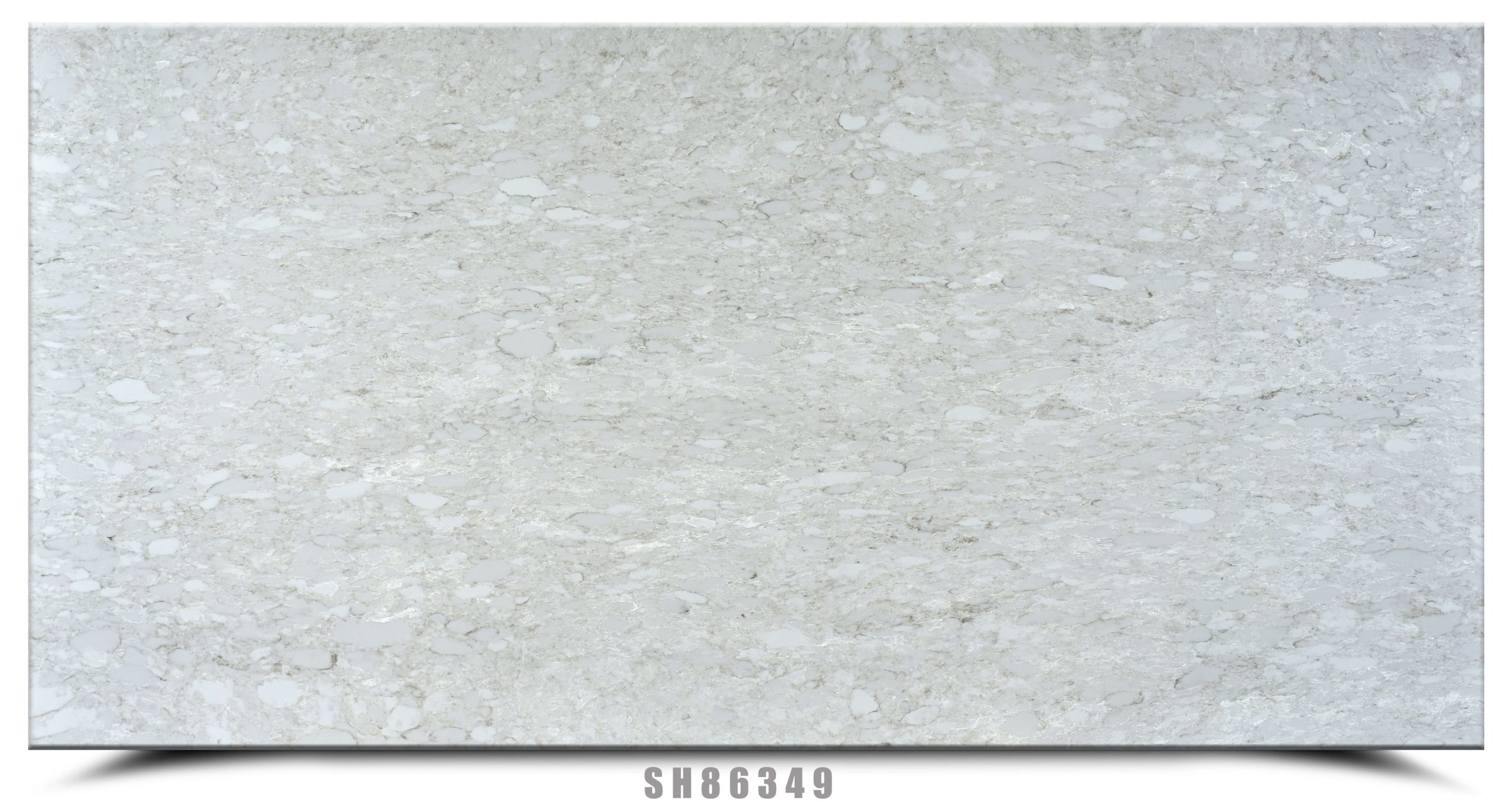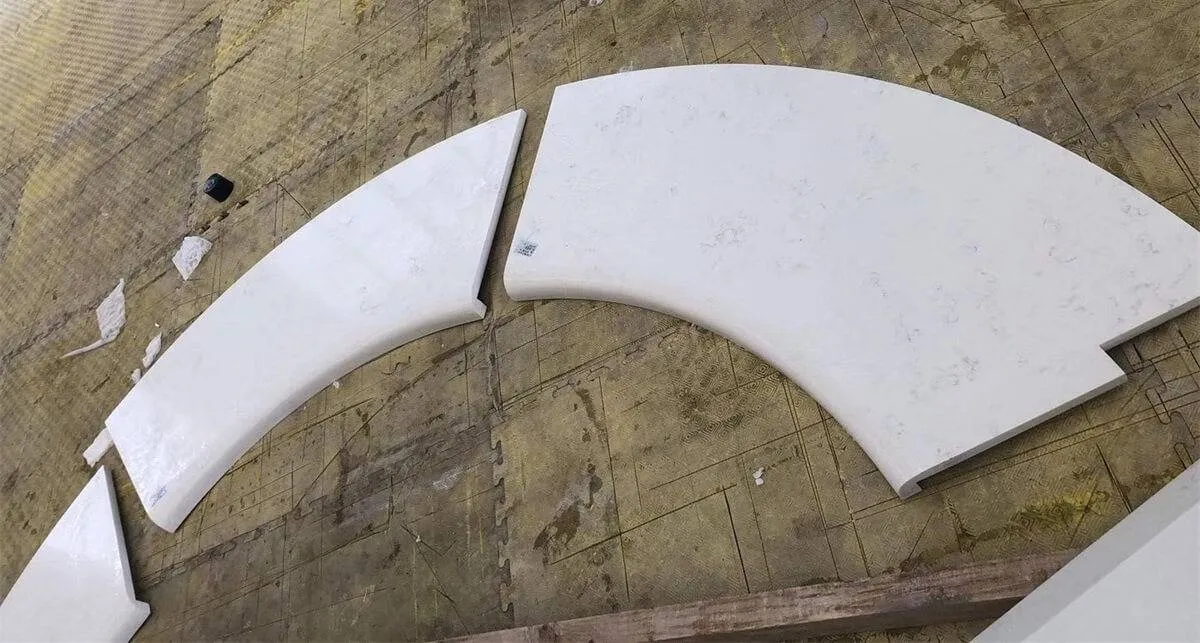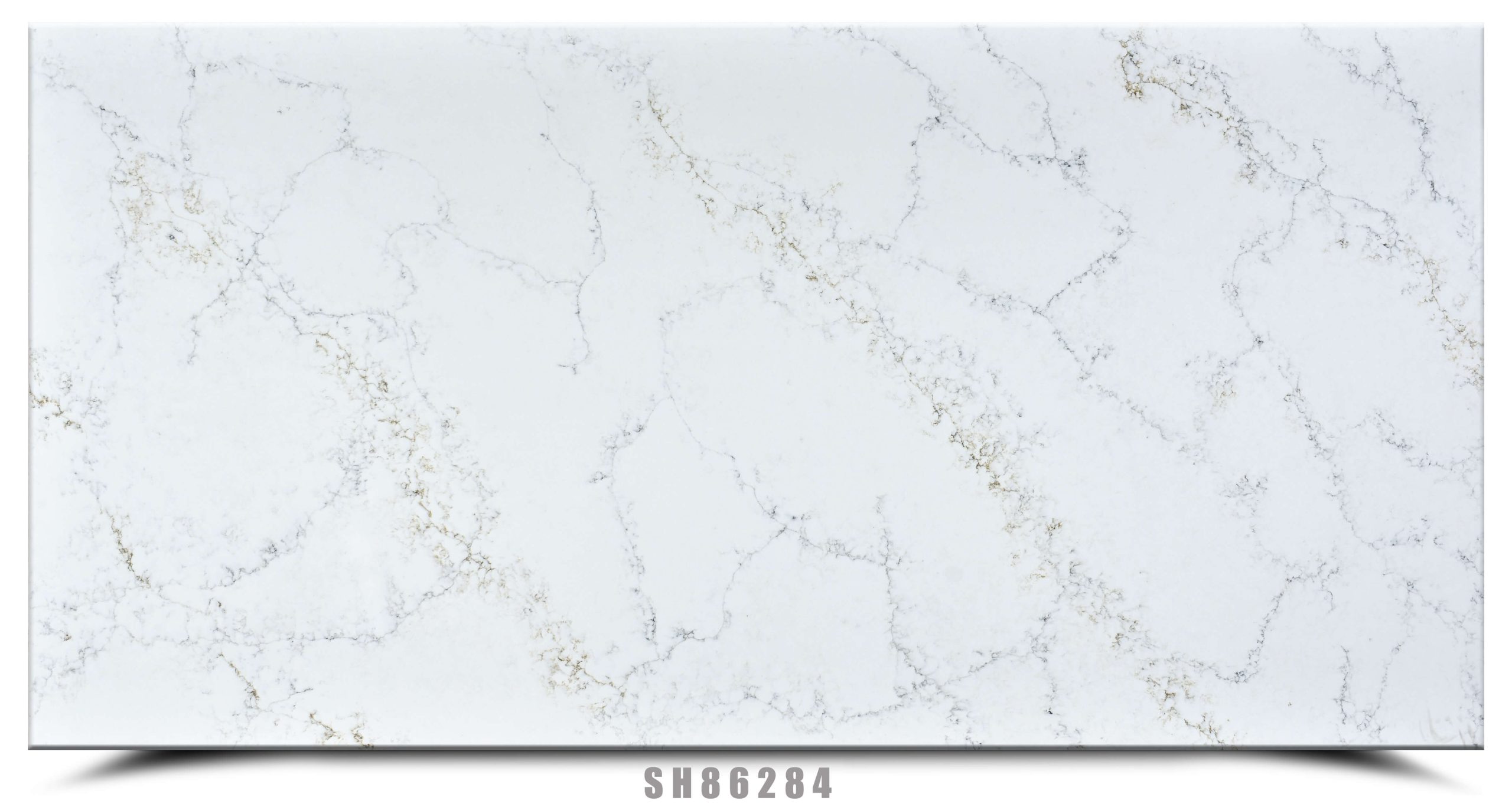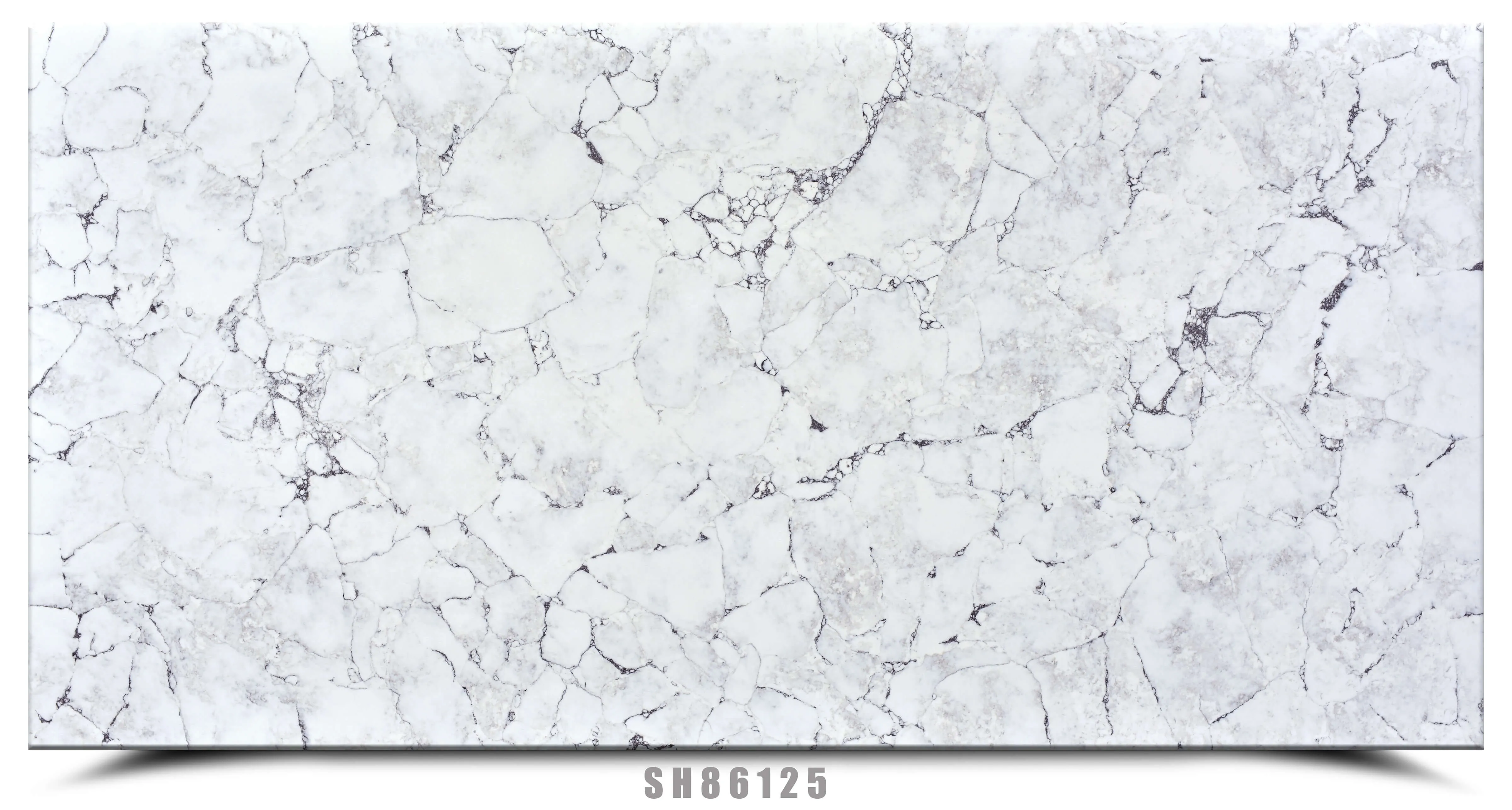Introduction
Zero silica stone is a new material in the building sector that offers a number of significant advantages over typical stone products. The purpose of this essay is to provide a complete study of the ways in which Zero Silica stone is distinct from traditional construction materials. We will investigate the qualities, applications, environmental impact, financial considerations, and other essential aspects that distinguish Zero Silica stone from other types of stone by examining many dimensions.
Composition and Characteristics
The term “zero silica stone” derives from the fact that it does not include silica, which is a mineral that is often present in traditional stone materials. As a result of inhaling silica dust during operations related to manufacture or construction, silica is recognized to present potential health risks. The use of Zero Silica stone, on the other hand, makes the working environment safer without affecting the structural integrity or the visual appeal of the material.
Taking into Account Health and Safety Concerns
Because Zero Silica stone does not contain any silica, it provides a higher level of occupational safety and reduces the likelihood of respiratory disorders like silicosis. Because it possesses this quality, it is an excellent option for construction projects that place a high priority on the well-being of their employees and adhere to severe safety standards.

Influence on the Environment
Mining operations are frequently involved in the production of traditional stone products, which significantly contributes to environmental damage. Nevertheless, zero silica stone provides an alternative that is more environmentally friendly. The use of Zero Silica stone helps to reduce the amount of waste generated, limit the carbon impact, and encourage sustainable building practices. This is accomplished through the utilization of innovative manufacturing processes and environmentally friendly sourcing methods.
Both the structural performance and the durability
Stone that contains zero silica demonstrates remarkable structural performance and durability, which is comparable to that of standard stone products. It is suited for a wide range of applications due to its great strength, resistance to impact, and endurance. Some of these uses include flooring, cladding, countertops, and architectural features. Because of its sturdy character, it will last for a long time and will require less repairs or replacements than other similar products.
The versatility of aesthetics
The use of Zero Silica stone provides architects and designers with a wide variety of aesthetic possibilities, including a variety of hues, textures, and finishes, which enables them to achieve the look and feel that they wish. In order to fulfill a wide range of design needs, Zero Silica stone can be fabricated in a manner that allows for the creation of rustic, traditional, or contemporary appearances.
Constructing and Performing Maintenance
The procedure of installing Zero Silica stone is quite similar to the process of installing typical stone materials. It is possible to manipulate it by cutting, shaping, and installing it using traditional methods. In addition, Zero Silica stone requires very little maintenance, which is essentially restricted to routine cleaning and periodic sealing. This ensures that there will be cost savings sustained over the long term.
Concerns Regarding the Cost
The initial investment in Zero Silica stone may be slightly greater than the initial investment in typical stone materials; however, the long-term benefits of using this material surpass the original investment costs. Therefore, Zero Silica stone is a practical and economically smart solution because it requires less maintenance, has a longer lifespan, and offers greater safety. These factors add to the total cost-effectiveness of the material.
The building industry has made considerable progress with the introduction of Zero Silica stone, which provides an alternative to conventional stone materials that is safer, more environmentally friendly, and more aesthetically diverse. Because of its one-of-a-kind characteristics, such as the absence of silica, higher structural performance, and less impact on the environment, it is an appealing choice for architects, designers, and builders. Through the adoption of Zero Silica stone, the industry has the potential to develop structures that are able to withstand the test of time, promote sustainability, and provide safer working environments.






